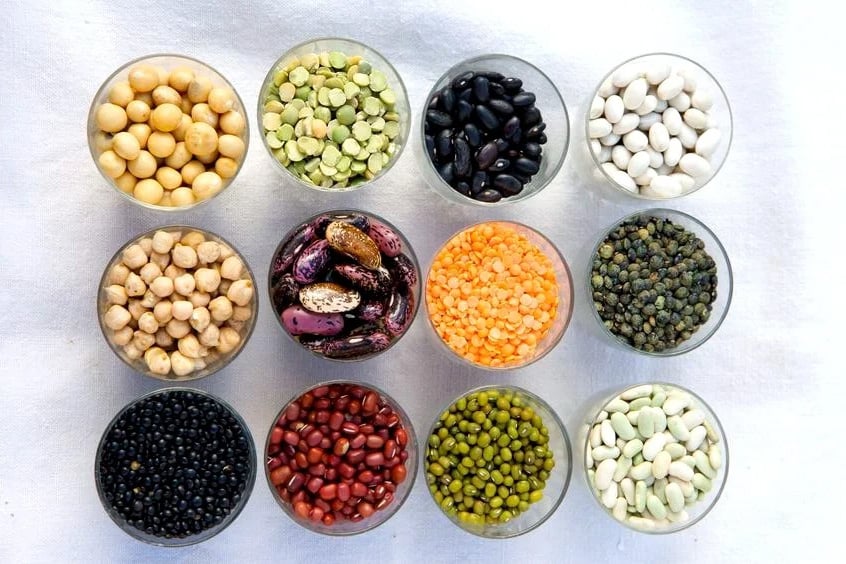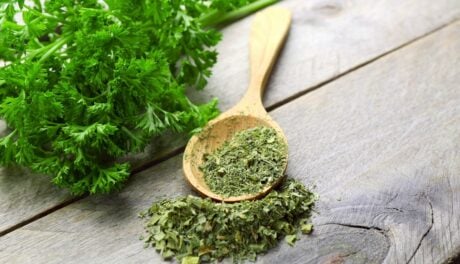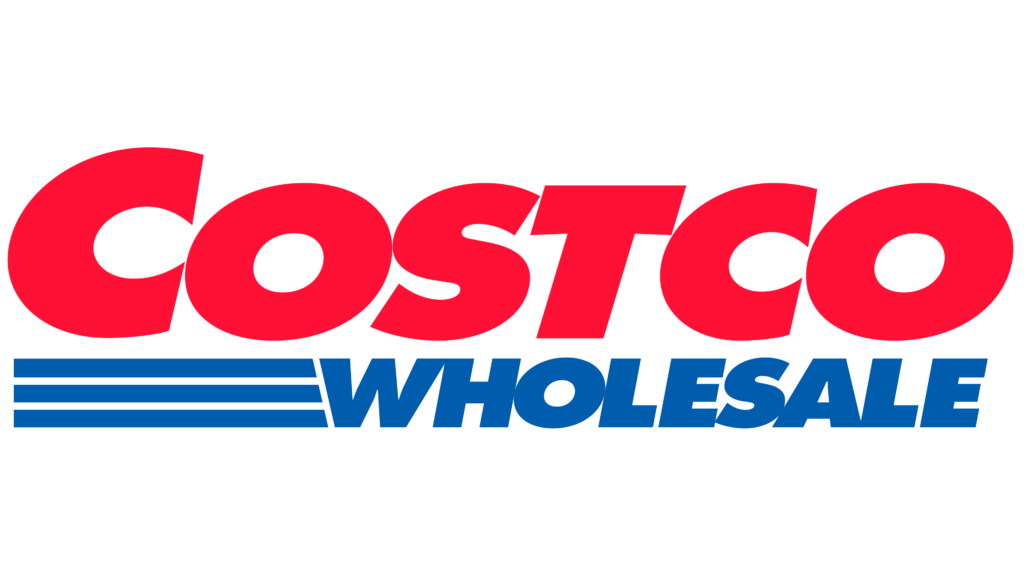
- Pulses: the healthier alternative
- The ingredient that gives back to mother nature
- Pulses regulate nitrogen levels in the soil
- Pulse farming requires less water than other crops
- Rotation crops lead to greater possibility
- Higher protein per acre results than animal farming
- Finding new ways to change the food industry
- Covering all fields in one go with pulse-based pasta
- Healthier snacking solutions for on-the-go diets
- Keeping a pulse on one of the top ingredient markets
Pulses are making a big splash in the food industry. From lentils and chickpeas to beans and peas, the versatility of these ingredients have made them a reliable source of nutrients in various products. But the popularity of pulses isn’t driven by taste and versatility alone.
Pulses are one of the healthiest food types there is, offering nutritional value that blows other food sources out of the water entirely. And as if that wasn’t enough, pulses are a sustainable crop that actually gives back to the earth.
So let’s delve into the extraordinary world of pulses and see if we can help you discover something you’d never known before about one of the most popular ingredient sources today.
Pulses: the healthier alternative
Pulses, which include beans, lentils, peas, and chickpeas, among others, are filled to the brim with essential nutrients. They’re rich in protein and fiber, and are packed with antioxidants, essential vitamins, and minerals. This is what has made them a staple in vegetarian and vegan products for years, and is making it a go-to ingredient in high-fiber and high-protein products for the general market as well.
Due to the high protein levels, pulses play an important part in maintaining and repairing body tissue, while on the fiber side, pulses help maintain a healthy digestive system and help promote gut health. But pulses have also been shown to offer a wealth of other medical benefits, including the regulation of blood sugar levels, lowering blood pressure, contributing to weight management, lowering cholesterol levels, and improving glycemic control in people with diabetes.
For an ingredient so small that’s a pretty impressive resume.
But nutrition is just the start of pulses’ extraordinary profile. What may prove to be the most important aspect of pulses in a world that is becoming increasingly aware of our environmental impact is their sustainability.
The ingredient that gives back to mother nature
Pulse farming is considered one of the most sustainable forms of agriculture for several reasons.
Pulses regulate nitrogen levels in the soil
Pulse crops help to regulate nitrogen levels from the air into the soil, helping to create a healthier growing environment without the need for synthesized nitrogen fertilizers.
Pulse farming requires less water than other crops
The drought-tolerant nature of most pulse crops also makes them a sustainable option in countries where water is becoming a scarce resource.
Rotation crops lead to greater possibility
Pulse farming is less demanding on the land than many other forms of agriculture. Pulses are often grown as a ,rotation crop, where they share the same fields as other crops, minimizing the space required for farmers to maintain a year-round product yield. The promotion of this biodiversity helps to reduce the risk of pests and diseases, and improves soil health, benefitting both crop cycles.
Higher protein per acre results than animal farming
Even without rotation crops, pulses offer a far more impressive protein-per-acre ratio than their animal-based protein sources, helping farmers maintain a near unnoticeable carbon footprint while animal farming struggles to keep its emissions under control.
As the reliance on pulses continues to grow in the food industry, a more sustainable food system is being created where healthy choices can be made for both consumers and the environment.
Finding new ways to change the food industry

While pulses are well-known as meat alternatives for their high protein levels, their versatility makes them perfect for a wide range of products, from pasta, protein bars, and crackers, to desserts. Yep … ,pulse-based desserts.
This versatility has put pulses on the frontline of product development. Just look at pulse-based pasta and snack product markets to see the proof.
Covering all fields in one go with pulse-based pasta
The development of pulse-based pasta changed not only the ingredient industry but diets entirely. By blending pulse flour with wheat flour to create a pasta that is high in protein and fiber, product developers were able to create something that simplified and revolutionized both the culinary scene and the dietary game.
This has been increasingly valuable for consumers who are looking for high-protein products, or those looking to supplement their protein intake in a vegetarian diet, pulse-based pasta has become all the craze.
Healthier snacking solutions for on-the-go diets
Then there’s the snack industry, where pulses are being used to help create healthier alternatives for on-the-go nutrients. Just look at the unrivaled value pulses have brought to high-nutrient protein bars. By blending pulses with ingredients such as nuts, seeds, and dried fruits, delicious high-protein and high-fiber snacks have become staple additions to many fast-paced diets.
We can’t talk about pulse-based snacks without mentioning dried chickpeas, now can we? The healthy snack that’s taken the world by storm. They’re everywhere. And when you think of their savory deliciousness, you wonder how come it’s only now that they’ve gained such popularity.
This increased pulse popularity is making consumers more and more aware of pulses and their nutritional value, preparing the way for even more radical and wonderful pulse-based innovations that the consumer market will embrace with open arms.
Keeping a pulse on one of the top ingredient markets
Pulses are a delicious, versatile, and sustainable ingredient that offer numerous health benefits. And if there’s one thing that being on the frontline of the supply journey has taught us, it’s that pulses are here to stay.
As a dependable and sustainable source of protein, pulses are revolutionizing how consumers, farmers, and suppliers perceive the plant-based ingredient industry. At Ingredient Brothers, we’re dedicated to guiding you on the exciting pulse journey. Ready to dive in? Contact us today to explore the endless potential of pulses in your products. And while you’re at it, why not visit our catalog for a closer look at the pulse possibilities awaiting your creation?










